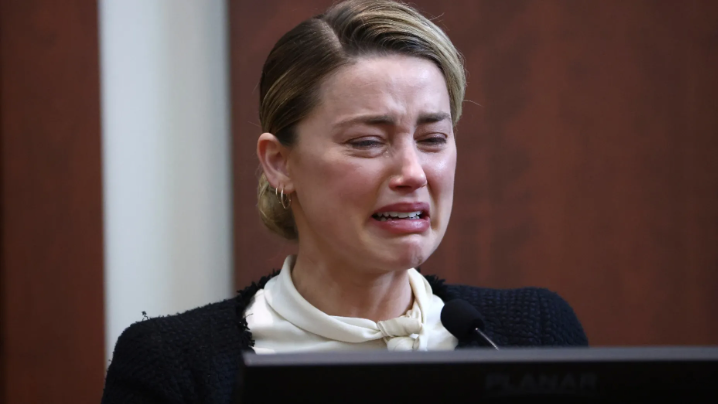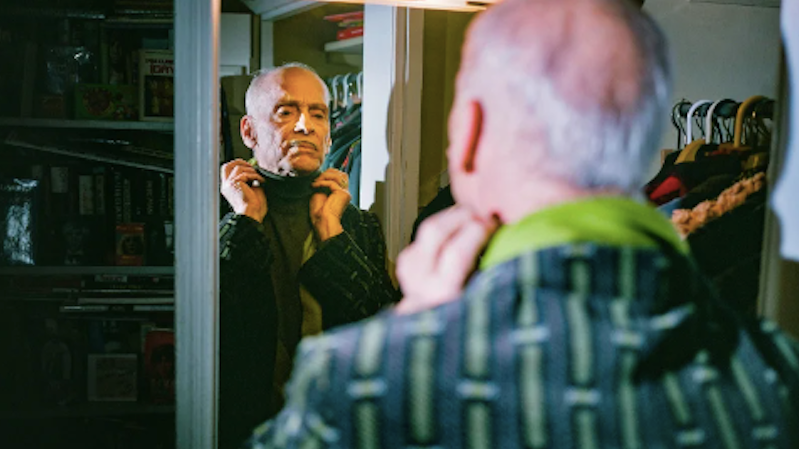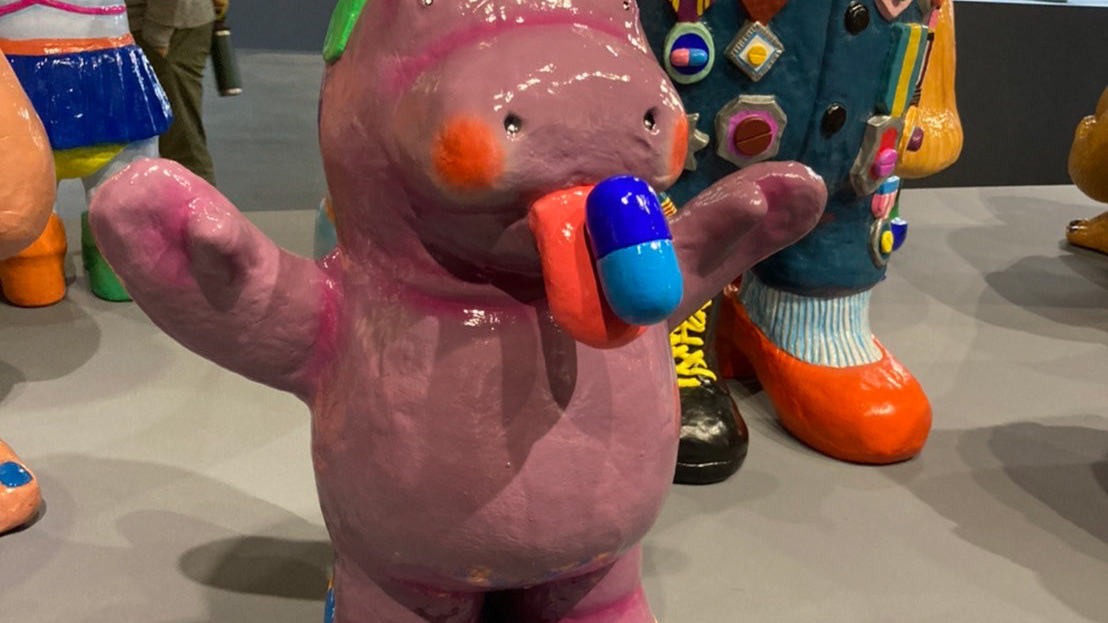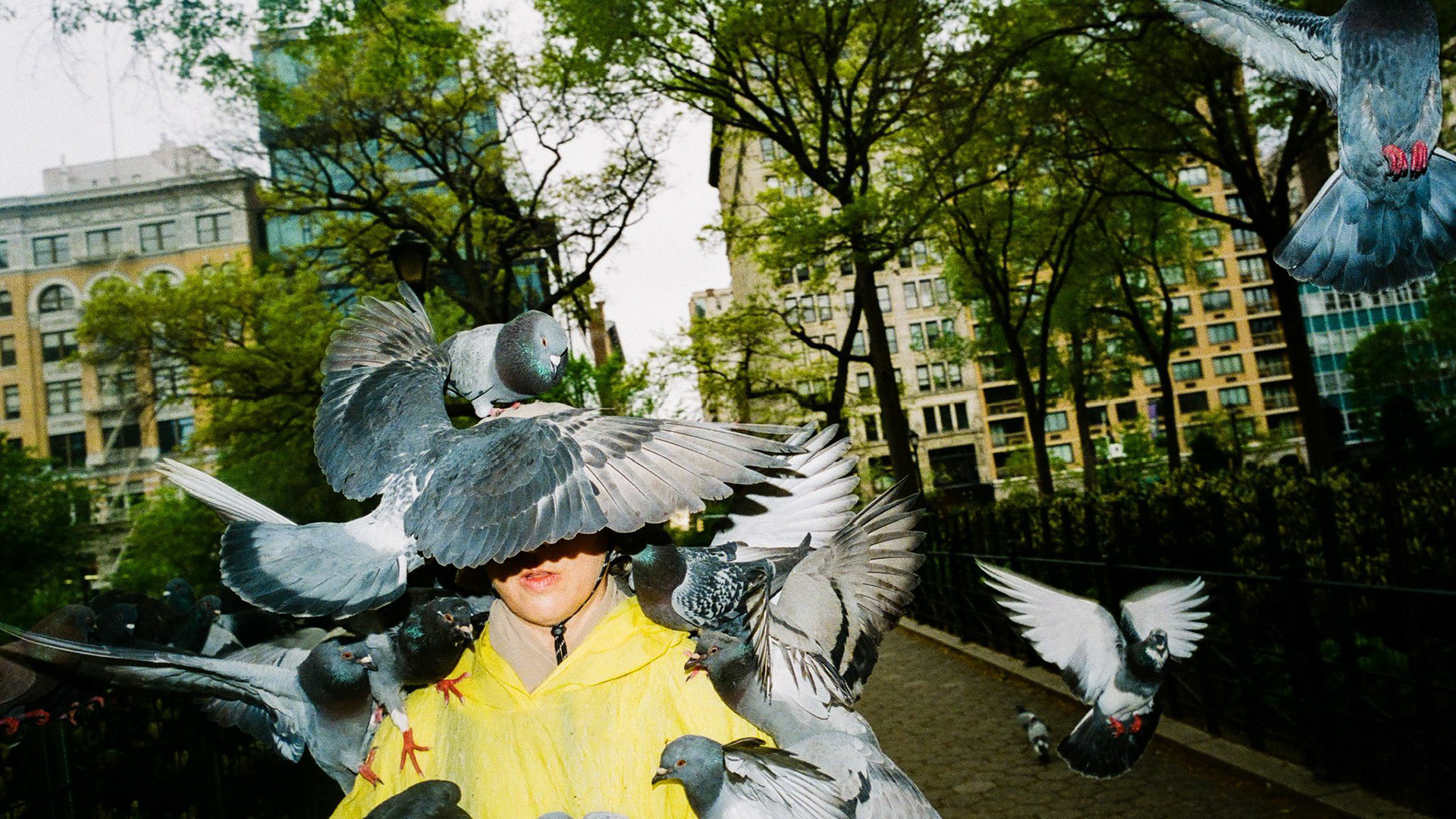The Mental Journey of What It Means To Be a Conflict Photographer
Alex Garland’s Civil War is a Uncompromising Realistic render on the topic.
Civil War (2024), Courtesy of A24.
As simply as it is, Civil War is about conflict photographers’ journey through war-torn America. Setting in a fictional Civil War that doesn’t even matter to the storyline whether how many tropes are there or who’s on who’s side, 2 woman conflict photographers, one aspiring early career, Jessie, and one legendary, Lee Smith, with 2 journalists, take a bloody violence road trip from New York City to Washington D.C. aims to interview the president before he defeated. As complicated as it is, the movie tags us along in that couple of nerve-wracking days, unfolding how and what it means to be a conflict photographer, mentally.
At the beginning of the movie, another woman photographer is mentioned, the one that exists in real photography history, Lee Miller. Odd to be coincidence, in the next scene, Lee Smith is contemplating in a bathtub just like the famous photograph of Lee Miller taking a bath in Hitler’s Munich apartment the day the apartment’s owner committed suicide. Lee Miller was shot ruining London after the bomb, the all-female British Army artillery unit, the first Napalm bomb use, chaotic after D-Day, the Battle of Alsace, and the first US military witnessed Nazi concentration camp. Similar impressive profile as Lee Smith, and a similar tough yet traumatized mentality. That very brief mention connects the movie’s fictional world-building to the real-world women conflict photographer. Remind us that while the textbook may have just a few words like ‘the first Napalm bomb use’ or ‘the Battle of Alsace’, what going to show in the movie 2 hours from that scene is the true-to-life of those words.
Lee Miller in Hitler’s Bathtub (1945), David Scherman via LIFE Magazine
Dead SS Guard floating in the canal (1945), Lee Miller
The movie is uncompromising and realistic. “Real images come to mind.” Carolyn Cole, a veteran Pulitzer winner photographer talked about the movie “like that of the American civilian contractors hung from a bridge in Fallujah, Iraq, or the U.S. soldier dragged through the streets of Mogadishu, Somalia. I’ve photographed riots, firefights, mass graves, and the aftermath of deadly bombings. Like all movies, the intensity of each scene is exaggerated, but the scenarios are possible.”
What dives us into the movie even more deeply is how accurately they portray the photographers, not only physically, but the manner and mindset they have to be or become successful. The ambitious, work-obsessed, stalk-ish of Jessie leads her to the mental gymnastic training required in this dream job. Jessie is the kind of photographer people will say she is ‘lucky’, especially for what she got an opportunity to photograph in the final scene, a go-down-in-history guarantee shot. The movie shows you it has nothing to do with luck, it’s crazy shit that she has been through to the point she can do that, still she is lacking the instinct that comes with experience, but she has everything to keep going to that point in the career where one day she becomes like the veteran photographer in the movie, Lee Smith. “She reminds me of your old self.” the old journalist tells Lee Smith about Jessie “You hard on her because you were hard on yourself.”
Courtesy of Carolyn Cole
An Allied artillery barrage at night on the Italian front (1944), Margaret Bourke-White via LIFE Magazine.
And in the other hand, Lee Smith is what that mindset and ambition, plus decades of experience, molded you. If we think about it the two are less different. Lee Smith intertwined herself with her job she still works in this life-and-death field while she has everything to just sit back, go on a lecture tour, selling prints and licenses. She is quiet and is quick to sense from working mainly with visuals for so long. Honest and straightforward because she knows how tough it takes to be successful in this career. While some technical details might missing; the choices of the camera's lens or how not well-prepared she is in some situations, logistic-wise working with the military, her manner and borderline numb-traumatized are plausible.
The small details are also so insightful we have to nod. Filed work anywhere there’s an internet, portable film developing tank, the mention to Magnum agency, the image Lee chooses to delete. The different camera choices are also real-life-referenced as we can see a new generation of photographers now leaning toward film cameras more than digital which mid-to-top photographers adopted in the early 2000s.
The movie doesn’t show what side the photographers and journalists are with and that is very on point. While we have photographers like Gerda Taro who went to the Spanish Civil War because of her anti-fascist standpoint, many photographers were there only for correspondence. Susan Meiselas, another real-life veteran photographer, once said “There’s no front line. (Conflict photographers) crossed the line between civilian, military, and gorillas all the time.” Why bother going through war then? multiple personal reasons. For Carolyn Cole, it is ‘to know that I am witnessing history’. For the fictional Lee Smith, it is ‘simply to record events and let others ask the questions about the meaning of her images’. It may sound arrogant but Meiselas who works with a similar ideology elaborates more on that. “We, photojournalists, carry a weight for others to see.” not just shot, not just capture, the process is to ‘carry a weight’. “we tend to carry it to let the later generations seek the meaning of it. Reflected on it. Find the context through time from it.” The question Lee Smith seems to talk about may not be about the photographer but about the world and how we going to understand this chapter of history. The photographer herself is just a long-gone shadow in the formula.
Three Republican soldiers, Córdoba front, Spain (1936), Gerda Taro.
Muchachos await counterattack by the National Guard, Matagalpa (1978), Susan Meiselas
Jessie and Lee Smith feel so realistic they seem like one of the patchwork in the generations after generations of women conflict photographers. Inspired, nurtured, and supported each other throughout the life-threatening events. From Gerda Taro’s in the 1930s Spanish Civil War when the camera first became quick and small enough to go to combat. Lee Miller and Margaret Bourke-White in World War II. Catherine LeRoy, Dickey Chapelle, and Christine Spengler in the Vietnam War. Françoise Demulder in 1970s Palestine. Susan Meiselas in 1980s Nicaragua and El Salvador. Lynsey Addario, Anja Niedringhaus, and Carolyn Cole in our contemporary continuing Middle-East conflicts. There are hundreds of women conflict photographers all over history and actively right now in places we pray not to be in, risk their lives feeding us daily reality checks. With Jessie and Lee Smith, this film gives us the interior vitality of the intense lives behind those photographs.
Please don’t forget to support the international women journalist non-profit and database, Women Photograph.









